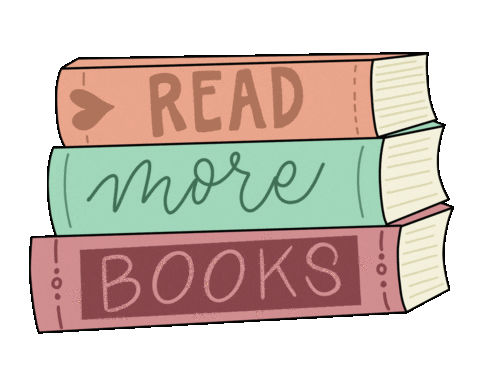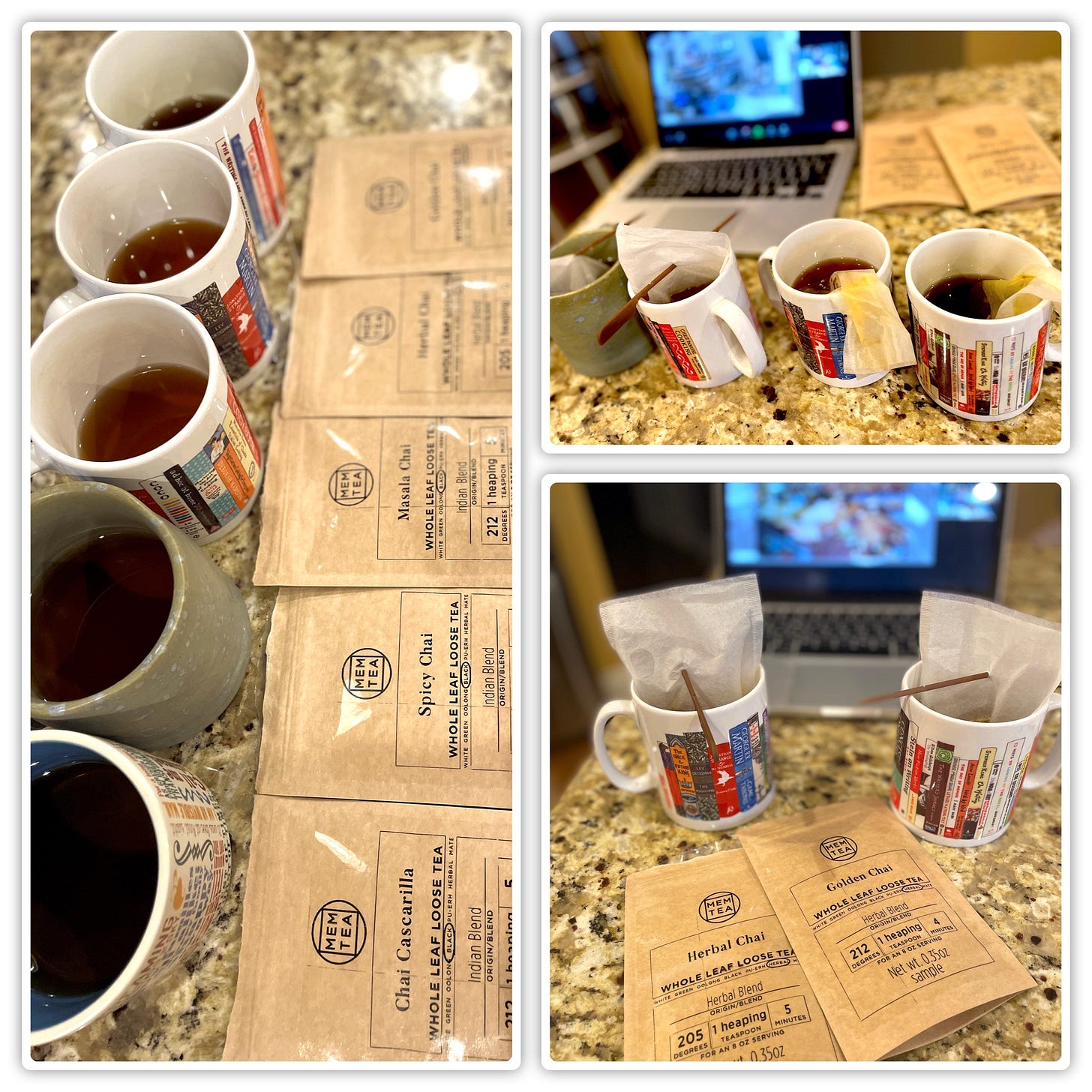How to Write a Synopsis + Reading Outside Your Lane, #DisneyMustPay, Book Cancellations
How synopses are kind of like Disney movie storybooks; branding & advertising advice; reading outside your lane & diverse story structures; publishing controversies; a chocolatey chai
Greetings readers & writers,
If you are a parent of young kids, you have probably been subjected to a variety of Disney books-on-CD. These were a staple of our car rides for a long time. And it was somewhere into the 1035th listen of Frozen or Finding Nemo that I realized these abridged movie-to-storybook adaptations were, essentially, colorful synopses.
Ah, the synopsis. The bane of many writers’ existence (including my own). A synopsis is a brief summary that gives an audience (in this case agents and editors) an idea of what your book is about. But there’s a reason it took me 400 pages to write my novel, and now I’m supposed to sum it up in less than two? Perhaps we can take a page from Disney here. After all, they’ve made countless dollars turning their movies into 10 minute audiobooks. How?1
Think of your synopsis as an adaptation of your novel. There are places where you’ll to cut or even, add in, explanations for your synopsis to stand on its own. This is where the Disney books shine: in Tangled, for example, the narration comes right out and explains how the villian manipulates Rapunzel. Plot points conveyed with nuance throughout the movie would get lost in a short, audiobook. The momentum and essence of the story is preserved through clarity in this alternate format. Phrases like “But Rapunzel didn’t know…” or “But what she really meant was…” do a ton of work.
Now, obviously Disney is trying to make their storybooks engaging to children. They have access to visuals, tone, assumed knowledge, and sound clips that don’t serve writers writing a synopsis for an agent or editor. So once we’ve figured out the subtleties we can leave behind, what’s next?
Key plot points and characters. Another tool I found invaluable was Susan Dennard’s synopsis method. She focuses on the traditional three-act structure, so if your story doesn’t fit that, take what she advises with a grain of salt. But breaking your book down into key plot/turning points and focusing on the characters who are pivotal to those points, will help you adapt your book even further.
Don’t be afraid if it feels like reporting. This was hard for me! But as my agent explained, a synopsis isn’t marketing copy; the tone can be dry! Its used as a reference to understand the full arc of a story and its protagonist(s), not as a selling tool. Back to clarity: what points are necessary for someone to understand what your book is about?
Give away the ending. I cannot tell you how frustrated I was with the Frozen II audiobook where they were utterly vague about the ending. “And they knew what they had to do to heal a broken land” or some nonsense. What did they have to do??2 The same is true in your synopsis. Agents and editors read it to evaluate the ending, that arc, so don’t hold out. Save the cliff hangers for your query or elevator pitch.
Do you have any resources that have helped you write your own synopsis? What have you found helpful or difficult? Share your thoughts in the comments!
Interview with Namina Forna, author of The Gilded Ones, now a NYT Bestseller!
Interview with Tara Sullivan, author of the multi-starred Treasure of the World
Interview with Andrea Wang, author of Watercress, a Junior Library Guild Gold Standard Selection!
Interview with Heather Kelly, Writer’s Loft founder, author, and indie publisher.
Coming soon: Authors Rachel Sarah, Aileen Weintraub, and Diana Whitney talk about marketing their brand-new books for girls and young women.
Upcoming (Virtual!) Seminars
May 13th (10AM): Speculative Fiction Variety Hour* - FREE! (email me for link)
*actually 90 minutes—discussion group on topics of spec fic, genre, writing, & fandomMay 15th (10:30 AM):Marketing for Writers Series: Launches & Events
Not available these dates? Connect with me for one-on-one coaching that fits your schedule!
Writing/Marketing Resources:
“Is Your Brand Running with the Wrong Crowd” by Evelyn Starr examines the value in re-examining your audience as your business evolves (also an important consideration for writers/creatives).
For a detailed primer and behind-the-scenes look at Amazon advertising, check out “How Book Publishers Can Balance Paid and Organic Efforts on Amazon.”
Brilliant fellow Grub Street instructor Milo Todd breaks down the importance of “Reading Outside of Your Lane” to grow your strengths as a reader, writer, and listener of different voices and cultural understandings of story.
Two excellent starting points for reading and understanding literature outside one’s lane: 1) this extensive guide to World Story Structures compiled by author Kim Yoon Mi and 2) author Henry Lien’s great walk-through of diverse story structures, using several popular modern examples.
For prose writers, get inspired by a different mode: “What Reading Poetry Can Teach Novelists: A Reading List” from Caroline Hardacker.
“Even if you only choose to do it every once in a while, there’s nourishment in reading outside of your lane. Imagine everything you could learn by experiencing something not catered to what you already know.”― Milo Todd
Industry News
Duchess of Sussex, Meghan Markle, will be publishing a picture book in June highlighting the relationship between fathers and sons. {The Bookseller}
#DisneyMustPay: The Science Fiction Writers of America, along with a number of other literary organizations, have formed a task force to pressure Disney to address the issue of at least a dozen authors who have written for Disney-owned properties and have not been paid royalties {Publisher’s Weekly}.
“‘There Is a Tension There’: Publishers Draw Fire for Signing Trump Officials” {The New York Times} Simon & Schuster is drawing criticism for the acquisition of two books by former VP Mike Pence (with a call for cancellation), as well as for their distribution arrangement with Post Hill Press {NPR}, publisher of a tell-all book by one of the police officers in the raid that killed Breonna Taylor.
In light of recent sexual assault allegations, W. W. Norton is taking biographer Blake Bailey’s memoir and recent biography of Philip Roth out of print {The Guardian}. Literary advocacy groups are critiquing this move: “We do not believe that publishers should cancel a book because of conduct of its author that is unrelated to the book itself.” (The Authors Guild)
Tea
You’ve heard me talk about my love for Boston-based MEM Tea. Last week, I had the pleasure of tuning into one of their tea tasting classes. We prepared and sampled five house-made chai blends. My favorite discovery was their smooth Chai Cascarilla, which includes cacao, vanilla, and rooibos in addition to the traditional tea and spices. With milk and sugar, it’s basically a grown-up hot cocoa.
Let me know about upcoming events, marketing campaigns, and projects so I can help signal boost!
Happy writing!
~Allison
Writer & Marketing Coach
Keep Writing, Keep Connecting! Twitter | Facebook | Newsletter | Website
Allison Pottern Hoch has happily made books her life’s work. She spent four years marketing and publicizing academic titles at The MIT Press before she went to work for Wellesley Books as a children’s bookseller and event coordinator. She is now living her dream: putting her B.A. in Creative Writing to good use as a novelist and as a writing/marketing coach for authors. She enjoys science fiction, cupcakes, and a hot cup of tea. For workshops & consults: pottern.com
Like what you read? Thanks so much for your support! Continue to show the love by heart button below, leave a comment, or share with a friend.
(Let’s pretend for a minute that it’s not because they haven’t paid some of their authors)
Ok, ok, I know how Frozen II ends, I’ve seen the movie. But there are plot holes I was hoping might be resolved for me in the audiobook’s condensed form. But nope.





